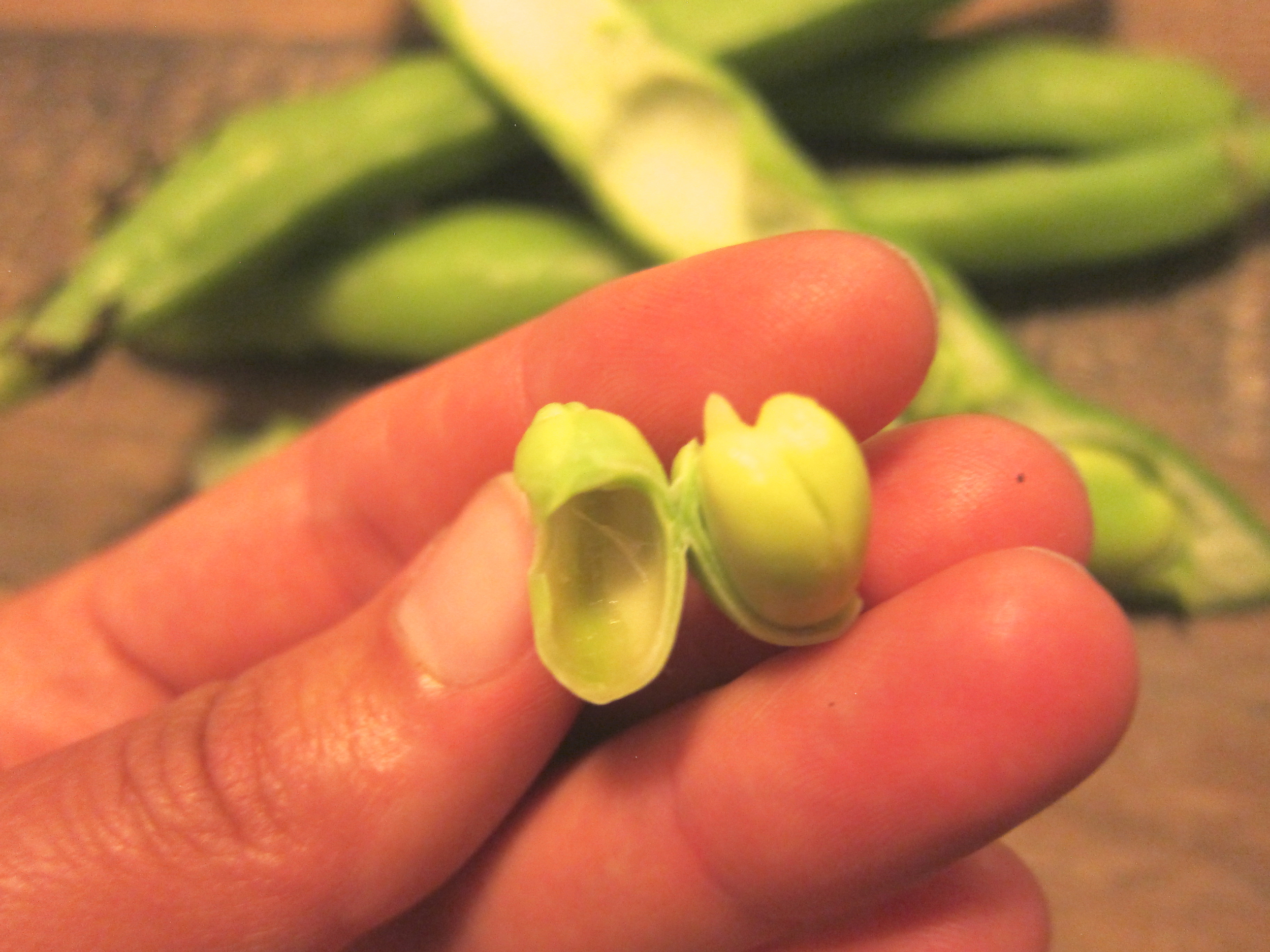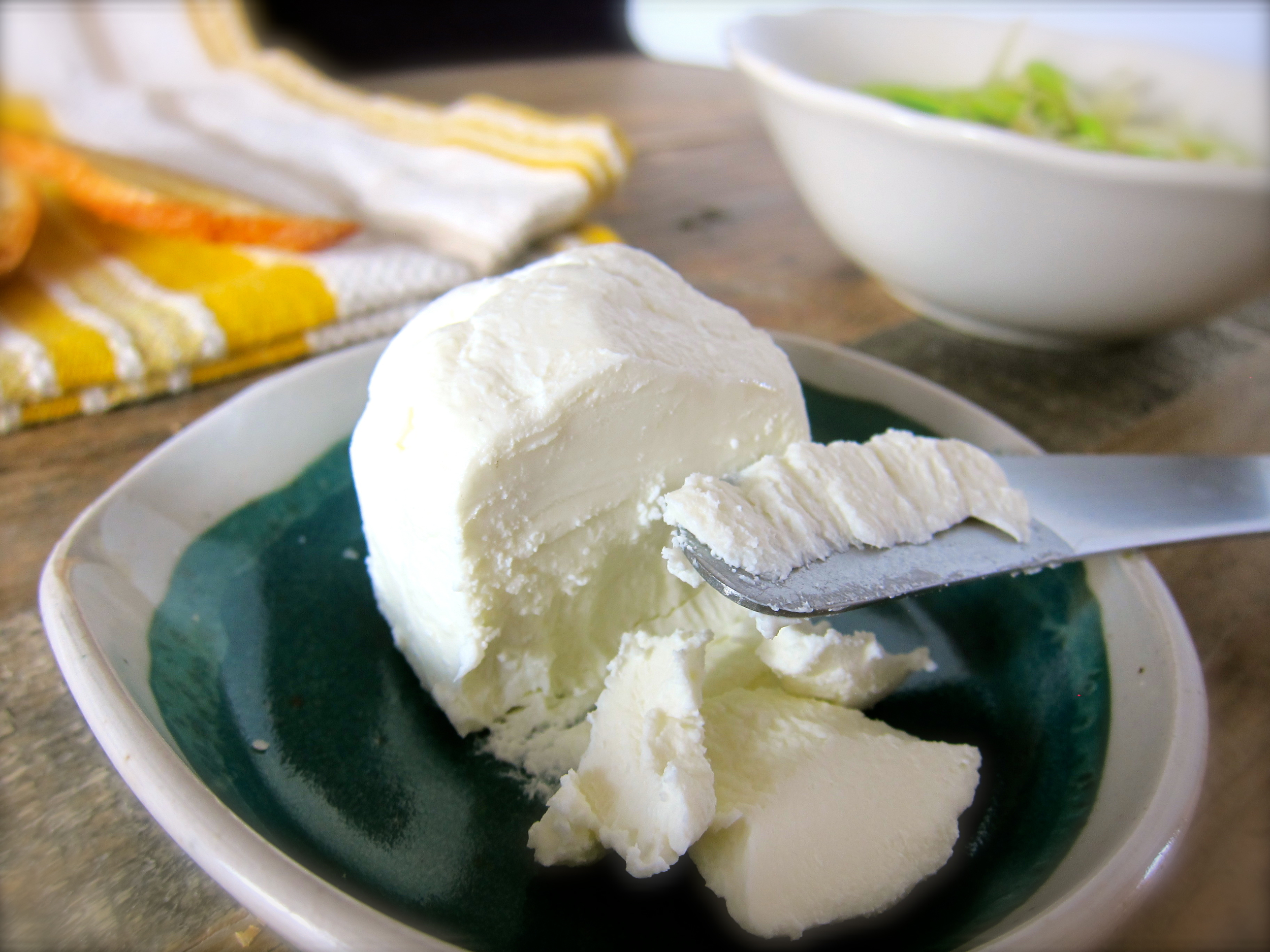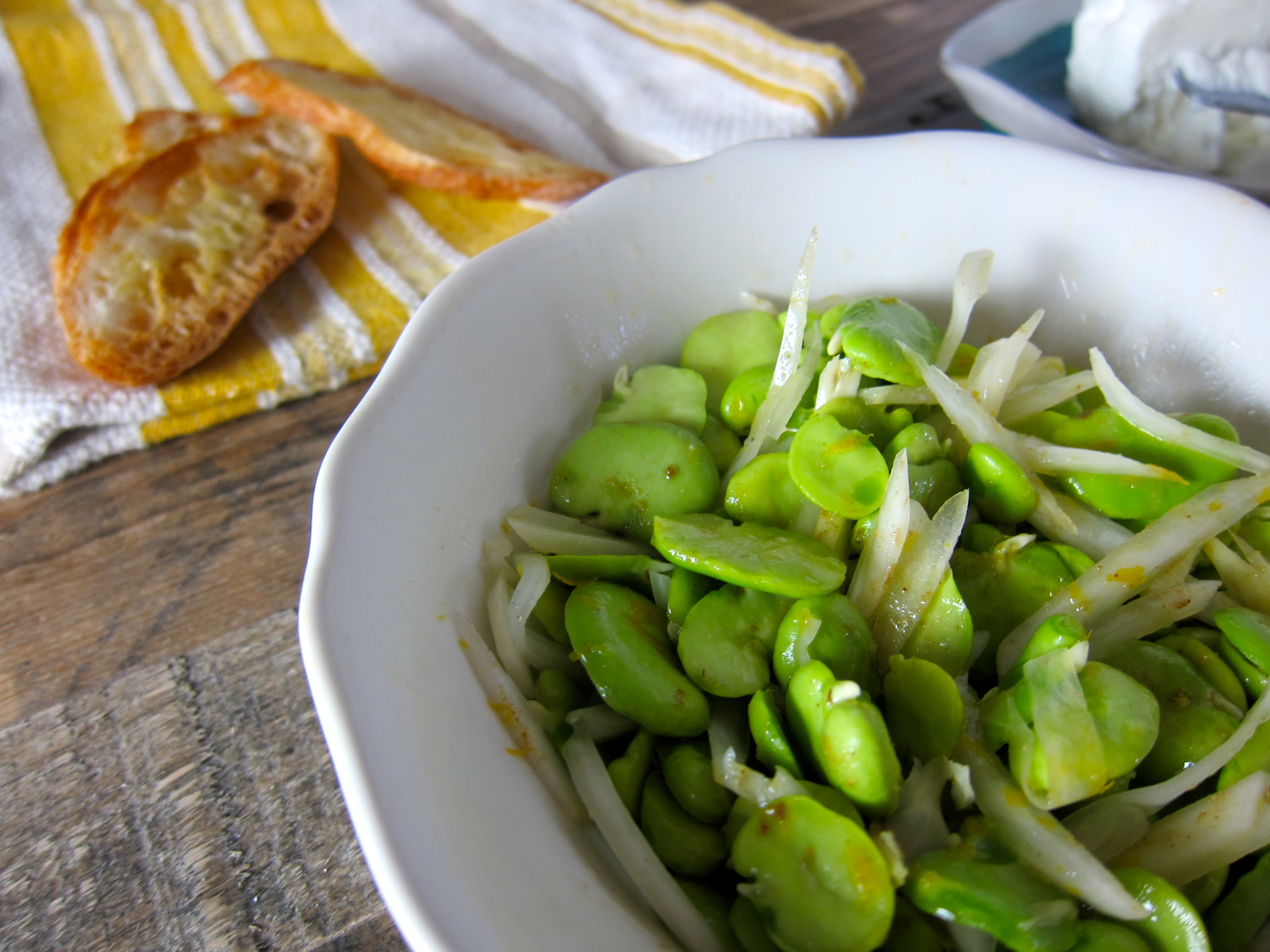Turmeric-Spiced Cauliflower Couscous
Reinvented craveability.
I'll admit I was a skeptic when cauliflower rice came on the scene - it often feels unnecessary to mess with a good thing and I am certainly not "carbaphobic". As much as I love cauliflower (and I do love it so), even I'll admit I can overdo it with cruciferous vegetables occasionally (ever tried kohlrabi ice cream? definite skippable). I am, however, a big fan of deliciousness and vegetables and when these worlds collide my meal is complete, which is exactly what happens when cauliflower is pulverized into small bits, seasoned well, and served as a grain. In this case, I call it couscous because the flavoring is in the "couscous genre", one could easily call it rice, as it's the same process. Apart from being delicious and satisfyingly high fiber and phytonutrients, what's great about making cauliflower into a grain is that you don't even need the whole floret. If you have leftover cauliflower stems from another dish they can easily be tossed into the food processor and turned into rice!

Stems and cores can be used in addition to or in place of florets.
This recipe calls for heating the cauliflower after pulsing in the food processor, but it can also be served raw for a crunchier texture and application, such as chilled cauliflower tabouli salad. Additionally, although the flavor and color of turmeric is hard to ignore, cauliflower rice or couscous is also nice simply seasoned if paired with a dish that is flavorful, such as slow cooked spicy garbanzo beans or an eggplant tagine. When it comes down to it, cauliflower rice/couscous is incredibly versatile similar to...regular rice or couscous! Serves 4.
1 large head cauliflower (about 2 pounds, stems and/or florets can be used)
1 tablespoon olive oil
2 teaspoons turmeric
1/4 teaspoon salt
1/2 cup currants (optional)
2 tablespoons toasted pumpkin seeds
Chopped parsley, for garnish

Process cauliflower until it resembles grain.
Cut and/or pull apart cauliflower into large florets and chop core/stem into smaller pieces. If you have leftover cauliflower core/stems from another application, they can be pulverized and used as well.
Using a food processor, pulse the cauliflower until broken down into couscous-sized pieces, processing in two batches if needed. As cauliflower is processed, remove any large pieces that are not broken down, set them aside, and pulse separately. If you do not have a food processor, you can grate the cauliflower into couscous-sized pieces using the large holes on a box grater.
Heat olive oil in a skillet with a lid on medium heat*. Stir in cauliflower, cover, and cook for 6-7 minutes, until desired softness is reached, stirring occasionally. Add turmeric, salt, and optional currants then stir to combine. Serve hot garnished with pumpkin seeds and chopped parsley.

Delicious reinvented side dish or main when paired with sautéed garbanzo beans or grilled lamb.
Fava bean, pickled fennel bulb, and goat cheese crostini
Fresh, silky representations of springtime
I am always pleasantly surprised when fava beans pop up at the farmers’ market each spring - not only because they’re even more delicious at the beginning of the season, but because it proves that California actually has seasons (go us!)
“Alternatively, you can actually skip the entire process of shelling by roasting the whole pod with some olive oil and sea salt, and eat every bit of the beans and surrounding pod. This is also quite delicious, but a different, richer flavor with less of the springtime freshness in just the beans. ”
Fava beans are fresh, silky representations of springtime, but they can be a pain to process. Not only do most recipes call for removing the beans from the larger pod, but also for removing the beans from their thin surrounding shell. One of those tasks that’s fun at first, but increasingly painful as time moves on and pod after pod is processed.




“You don’t know fava - or maybe you do?”
Fortunately, the favas at the beginning of the season are so tender that you don’t have to cook the beans after removing them from the shell and they’re still oh-so-tender, which is what is called for in this recipe.
Fava beans, removed from pod and surrounding shells peeled away
Pickled* or fresh, thinly sliced fennel bulb
Lemon zest
Cumin powder
Olive oil
Toasted, thinly sliced baguette
Chèvre
Good quality sea salt
Toss 2 parts fava beans with 1 part fennel and lemon zest, and cumin to taste. Drizzle in enough olive oil to make glossy, but not too oily.
Spread chèvre on baguette slices, top with fava mixture, and sprinkle with sea salt.
* To Pickle Fennel:
Slice 1 fennel bulb into thin slivers and pack tightly into a pint jar.
Heat 1 cup white wine vinegar with 1/2 cup water, 2 tablespoons sugar, 1 teaspoon of sea salt, and herbs or spices of choosing (such as caraway and orange zest) and bring to a boil.
Allow brine to cool for 2 minutes, then pour into jar with fennel to cover completely. Cool to room temperature, seal with lid, and store in the refrigerator. Fennel can be eaten immediately and will keep well for up to 2 weeks.
Cauliflower Flatbread
Herbal cruciferous goodness.
Trade in refined carbohydrates for a boost of antioxidants and fiber with this versatile side dish that can also be used as a pizza crust. Serves 4 as an appetizer.
3 cups cauliflower (about 1 medium head)
2 teaspoons olive oil, plus more for greasing baking sheet
1/2 cup shallot, minced (about 2 bulbs)
2 eggs
3/4 cup grated soft cheese, such as mozzarella or gouda
Herbs: 1 teaspoon dried herbs or 1/2 cup fresh minced herbs (or a combination of fresh and dried herbs such as thyme, rosemary, tarragon, chervil, basil, oregano)
1/8 teaspoon salt
1/4 teaspoon black pepper

Fresh basil is the perfect accompaniment.
Preheat oven to 375 degrees F. Steam cauliflower until soft (about 5 minutes) and drain completely. By hand or Using a fork, food processor or immersion blender, mince cauliflower until you have achieved a crumbly texture.
Cook shallot in 2 teaspoons of olive oil over medium heat until soft, about 3-4 minutes. Add shallot to cauliflower mix.
Stir 1/2 cup of the cheese and all of the herbs, salt, and pepper into the cauliflower mixture. Add eggs and mix in until a batter has formed.
Spread dough into a rectangle, about 1/4- to 1/2-inch thick, on top of a greased baking sheet and bake for 10-12 minutes or until set.
Turn oven to broil, scatter remaining cheese over top of cooked cauliflower bread and broil another 1-2 minutes, until golden brown. Allow bread to cool slightly, slice, and serve. Goes well with a dipping sauce such as romesco, marinara, or pesto.






